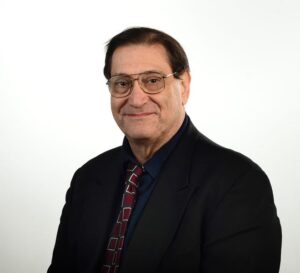From the Heart with Rabbi Liebowitz
Dear Friends,
Some time ago I came across this cartoon. What attracted it to me was the “Jewish sense” of multiple interpretations. The Midrash comments that “Like a hammer striking a rock will yield many splinters, so looking at a verse of tradition will provide many meanings.” Why did the chicken crossed the road?
One favored paradigm, not unlike the literary response in the cartoon, bids to look at any verse, story, or tradition as multilayered: The literal view, the view that hints at something greater, the interpretive view (Midrash) and the Sod, or secret mystical understanding. In the case of the chicken crossing the road:
The four interpretations are:
1. Literal – to get to the other side
2. Hint – she must have a motivation
3. Midrash – Her mate is on the other side, OR to get away from a predator OR to get sustenance, OR to go back to its nest
4. Mystical or Sod – this is not about a chicken but a metaphor for our souls that are always making a journey – to heaven eventually? To a transformative state, improving ourselves Or (well you enter into the conversation and come up with another splinter, i.e. interpretation that fits you.)
As it is Sukkot time we are mindful of one symbolic sense of the Lulav and Etrog:
The Sages of the Midrash insisted that there are four types of Jews:
· “Etrog Jew” is both learned and filled with good deeds
· The “Lulav Jew” has learning but no good deeds;
· The “Myrtle Jew” has good deeds but no learning
· The “Willow-branch Jew” has nei- ther learning nor good deeds.
What kind of Jewish person do you wish to be? We are commanded to bind these four together, in order to remind us that a Jewish community consists of many types of Jews all of whom must be accepted and lovingly included within our Jewish community.
Congregational life is certainly most reflective of the variety of Jewish types cited above. Surely there are many more: cultural, Yiddishist, political, Zionist, Hebraists, Meditative, etc. It is diz- zying to keep track of them all, let alone bind them together in a union that strengthens our community. I hope that the coming year (post pandemic we pray) will be for our temple com- munity a place to explore all of those possibilities. In these pages are events that hopefully speak to each of you, if not all then at least some. (Film – Interfaith Services, dinners, movie time, Torah study etc.)
If it’s not too late: Shanah Tova, Chag Sameach My best wishes to one and all.
Rabbi Yossi Liebowitz, D.D.

